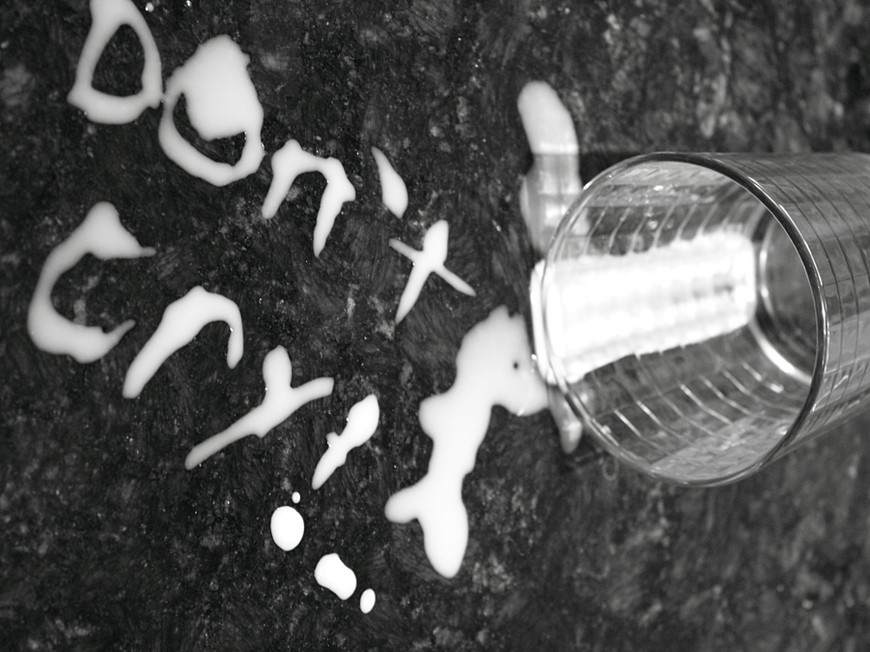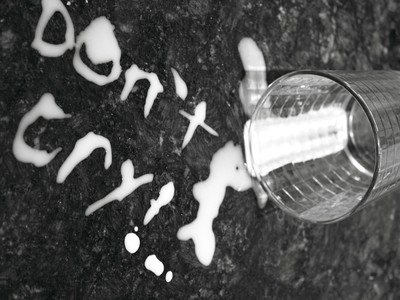

One of the original Texas Rounders, the late Brian “Sailor” Roberts, was a write-in candidate for the 2012 Poker Hall of Fame, and if Doyle Brunson and his tweets are any indication, Sailor’s induction is locked up.
“The living members of the Poker Hall Of Fame that will be voting for Sailor Roberts are me, (Jack) Binion, (Bobby) Baldwin, (Mike) Sexton, (Erik) Seidel, (Billy) Baxter, (Lyle) Berman,” Brunson wrote. He later included Dewey Tomko, T.J. Cloutier and Crandell Addington, saying that he hoped Johnny Chan, Barry Greenstein, Phil Hellmuth, Berry Johnston and Dan Harrington also would vote for Roberts.
Along with Roberts, this year’s ballot includes Jennifer Harman-Traniello, John Juanda, Tom McEvoy and Scotty Nguyen, Chris Bjorin, David Chiu, Eric Drache, Thor Hansen, George Hardie.
The inductions are decided through a public nomination on WSOP.com, along with a vetting by the Poker Hall of Fame Governing Council. The class of 2012 is expected to be named during the WSOP Main Event final table festivities next month.
But what about those who missed the cut?
The eventual shoe-ins Phil Ivey, 36, and Daniel Negreanu, 38 are not old enough. The age requirement for induction is 40.
Annie Duke, 47, Marcel Luske, 59, Jack McClelland, 60, and Huck Seed, 43, were on the ballot last year, but didn’t make it this year.
Duke fell out of favor in the poker community in February when Epic Poker League, the millionaire-exclusive tournament series that she and Jeffrey Pollack helped create, filed for bankruptcy.
Induction into the hall considers whether someone has “played consistently well, gaining the respect of peers.”
Duke’s 48-year-old brother, Howard Lederer, also could be considered for the hall, but he became something of a pariah amid the Full Tilt Black Friday scandal.
Luske, the singing Dutchman with the upside-down shades, helped establish the International Poker Rules, a set of standards and technical guidelines for tournament poker. He hasn’t had a six-figure tournament score since 2008, but he did finish 102nd in the 2012 WSOP Main Event.
Seed, the 1996 WSOP Main Event champ, winner of the 2009 National Heads-Up Poker event and the 2010 Tournament of Champions, has four bracelets and nearly $6 million in tournament earnings, and he’s certainly young enough to pad his poker resume.
McClelland, the Bellagio tournament director, has worked with WSOP and WPT around the world. He’s commonly regarded as among the best in the business.
What about Ted Forrest, 47? He’s won five WSOP bracelets and regularly plays high stakes, which seemingly meets the requirements for the hall.
Or Carlos Mortensen, 40? Since winning the WSOP Main Event in 2001, Mortenson has amassed more than $10 million in tournament winnings. But he may have been overlooked considering he just met the age requirement in April.
At 49, Chris “Jesus” Ferguson, a longtime poker icon, certainly meets much of the criteria. But like Lederer, his fellow Full Tilt owner, Ferguson drifted into obscurity after Black Friday.
Sixty-eight-year-old Mike Caro has written at least a dozen books on the game, including his most popular work Mike Caro’s Book of Poker Tells. “The Mad Genius” decidedly introduced many to the theory of “weak means strong, strong means weak.” But he has limited tournament results and many consider his theories outdated.
Then there’s Barry Shulman, 60, who bought Card Player in 1999. He turned the magazine into a poker media empire. Shulman even won the 2010 WSOP Europe, but he may not have the high stakes cash game experience.
As the wake of Black Friday unfurls, poker progresses and the competition rises. Any of these players may yet enter the hall, as long as they remain among those who have “stood the test of time.”

